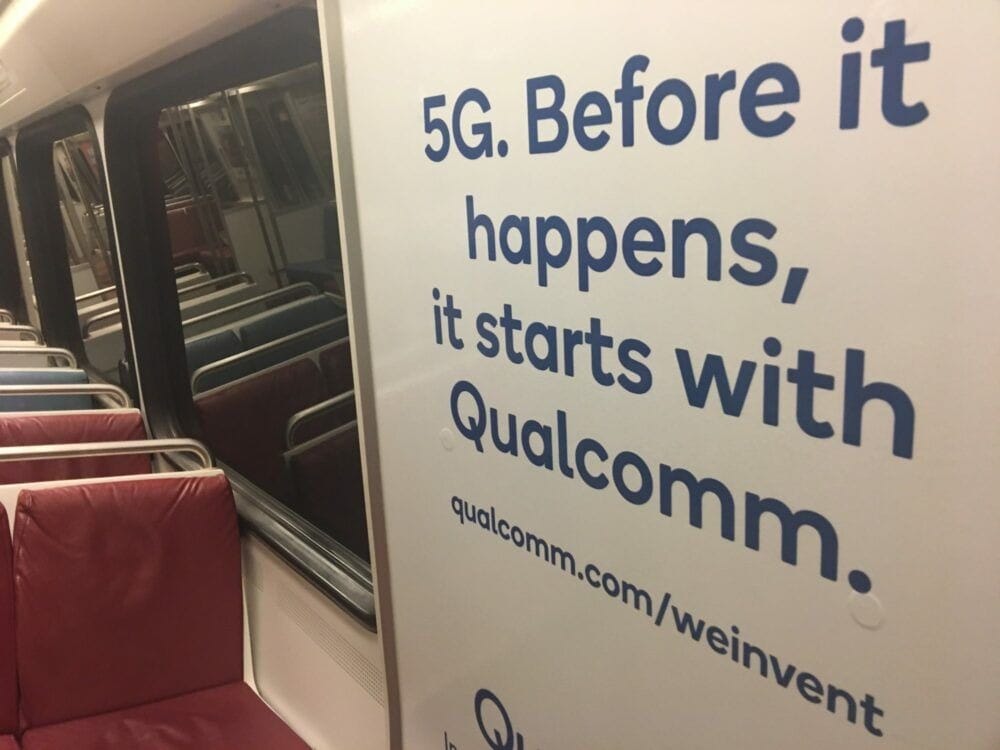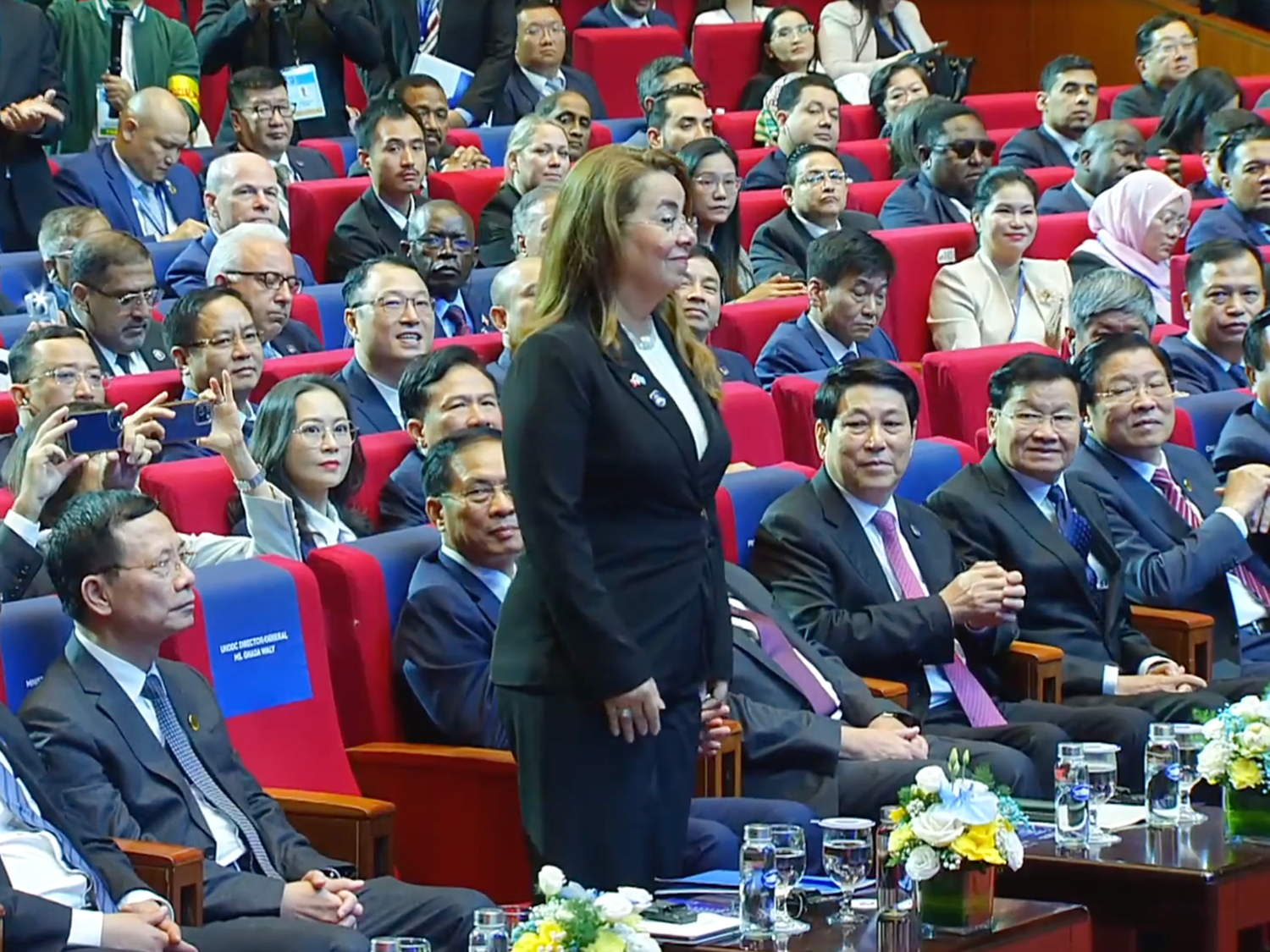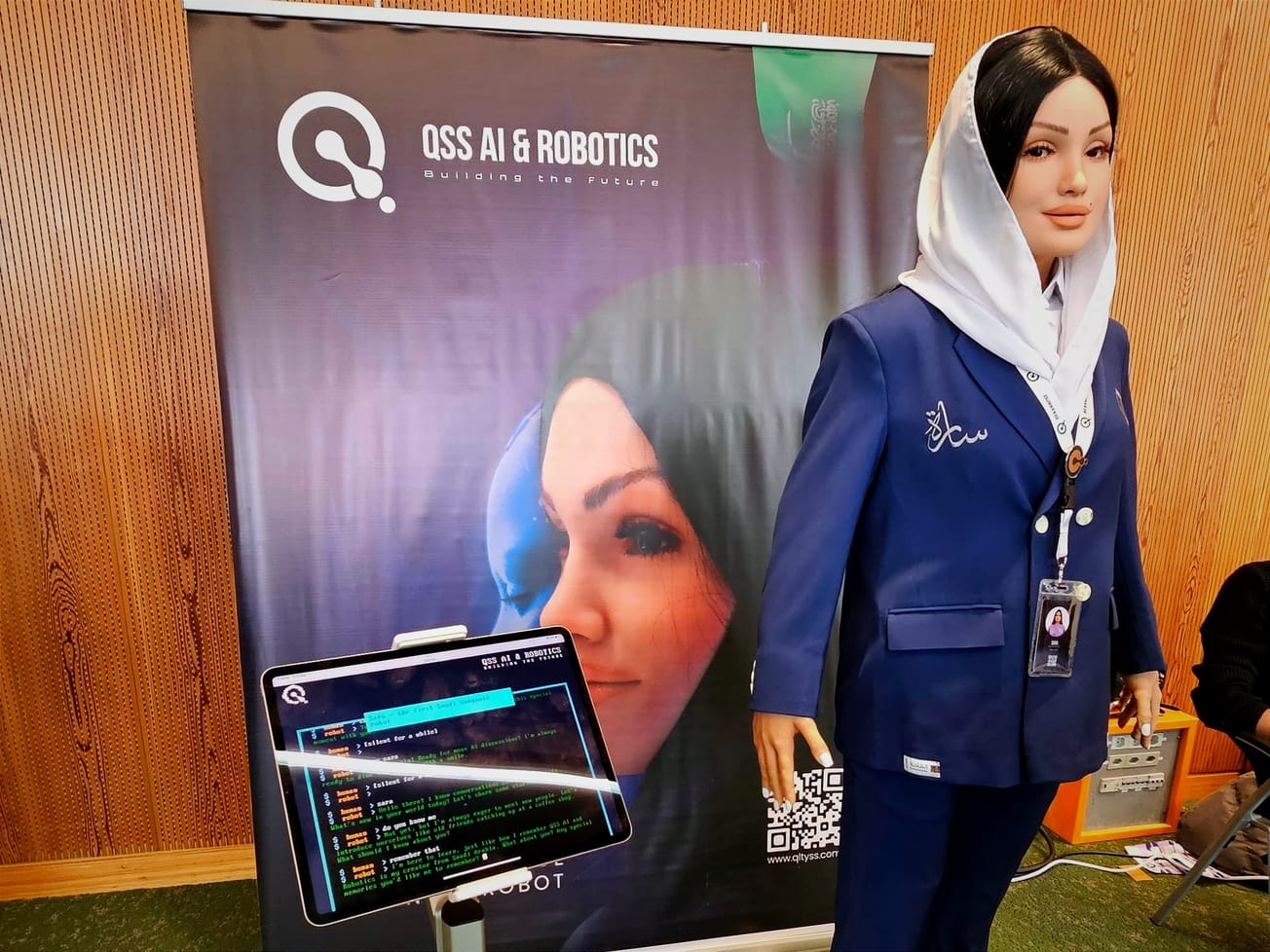GENEVA (AN) — As telecoms hurtle down a racecourse towards the next generation of high-speed wireless technology, United Nations technical experts function as race directors working behind the starting gates.
The advent of 5G, or fifth-generation wireless technology, has the mobile industry buzzing these days with promises of data speeds like those of landline broadband — cutting the time to download movies down to a matter of seconds.









